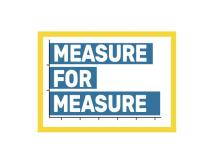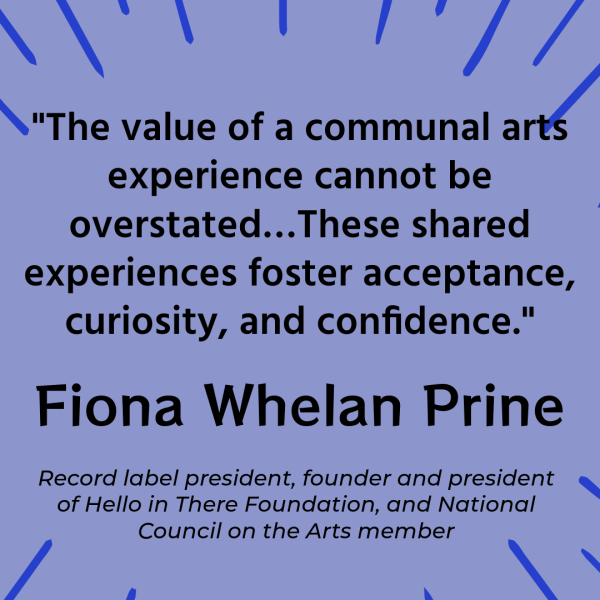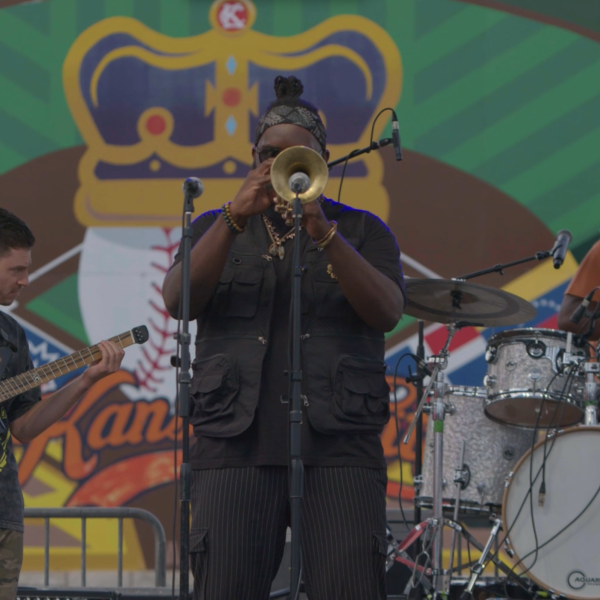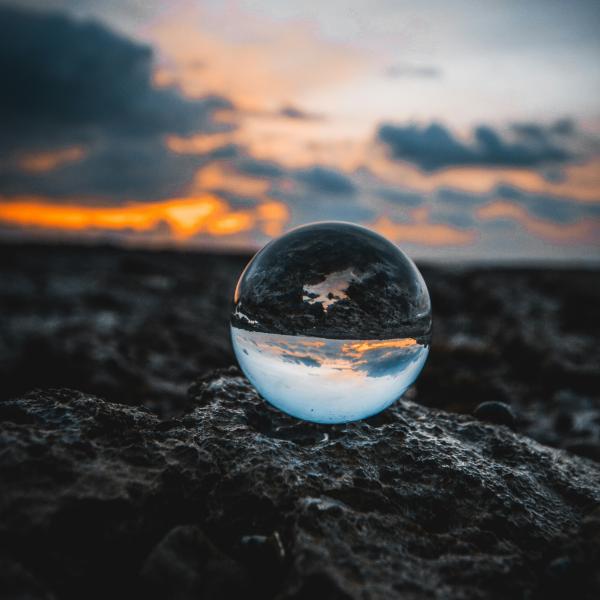Making Space for Indigenous Arts Practices in Government Data about the Arts
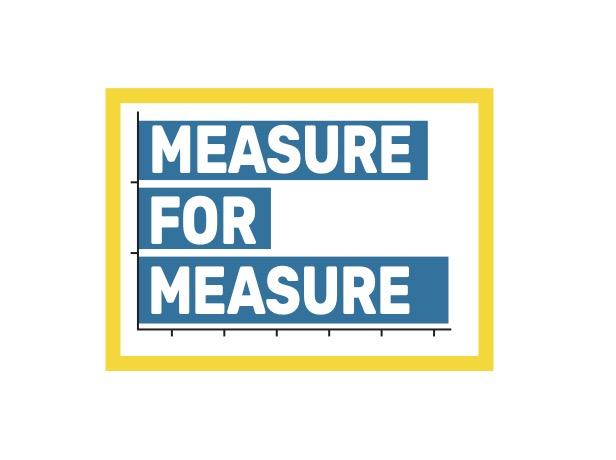
One of my former colleagues used to complain that arts funders and administrators are “data paupers.” This must have been more than a decade ago. Even at the time, I questioned the assertion, but nowadays it may provoke stares. I mean, far from experiencing an arts data shortage, it often feels as though we’re swimming in the stuff.
Quite apart from the increasingly sophisticated data tools that arts grantmakers can use to manage their portfolios—and setting aside arts organizations’ membership/ticketing databases, or the creative economy/workforce data circulated by state or local arts agencies—the last ten years have brought several refinements of arts data at the national level.
From the Arts Endowment alone, we’ve seen the establishment of an Arts and Cultural Production Satellite Account at the Bureau of Economic Analysis, myriad improvements to surveys about arts participation, creation of a National Archive of Data on Arts & Culture, and the addition of arts variables to longitudinal datasets, including at the U.S. Department of Education.
All the same, the “paupers” comment still rings in my ears. There remains a difference between, on the one hand, the proliferation of surveys and administrative datasets, and, on the other, the alignment and mobilization of those resources to answer critical questions affecting arts ecosystems in the U.S. When it comes to accessing and understanding arts datasets, there is also a dynamic of “have” and “have-not” depending on an organization’s staff size and budget.
These challenges are, of course, formidable. Concerns not only about data access, but who determines what is collected and how, and to what purpose, are tied to the same issues of inequity that confront the arts and every other sector today. Still, I submit that even when we look at existing federal data infrastructure about the arts in the U.S., we run into a major snag in trying fully to account for the breadth of arts and cultural assets, and forms of arts participation, that compose our cultural heritage.
Here I refer to the persistent difficulty of obtaining in-depth statistical data on the artistic and cultural practices and traditions, workers, and economies flourishing in Native American and tribal communities. This is so partly because the sample sizes for many federal datasets tracking arts and cultural variables are too small for disaggregation. Another reason is that federal, state, local and philanthropic datasets often are not structured to reveal insights about how indigenous arts traditions contribute to the social, civic, and economic life of our nation.
Regarding the dearth of statistical data about arts and cultural factors in tribal communities, a more fundamental issue is trust. Government, academic, and corporate researchers may need to adjust their study design methods and communications to ensure that Native Americans see their own interests reflected, and can be sure the research results will benefit and not exploit them. These considerations should be at the fore of any community-based research project—but, when discussing indigenous cultural traditions, widely-held assumptions about what constitutes art and artistry may need to be revisited.
For instance, in a new report by the Canada Council for the Arts, in partnership with Archipel Research and Consulting, researchers note that indigenous groups tend not to see themselves as owners of “art or knowledge, as these things are linked to community. Some styles or songs, for example, are collectively owned by nations, clans, or families.” As one interviewee put it:
In the Anishinaabe worldview, once a story is out there, you put it out there. People can become attached and share it too. It’s part of the community now. I don’t feel like it’s mine… It belongs to the community. Some of the things I use in my work, I got them from various places as well. It came through me, it lived in me, and it came out through me in a cycle. Aadzokan(ag/ak) is the “spirit of the story” and it’s living and breathing, and that’s the Anishinaabe worldview of it, and mine as well. And no one can say they own aadzokan.
(Notwithstanding this vision of shared ownership of art within a tribe or community, the Canadian report observes that indigenous artists and culture-bearers sometimes fail to derive full economic benefit from the works they do produce, because a non-indigenous buyer may turn around and sell them at inflated prices.)
The report itself is exemplary for merging qualitative research methods (semi-structured interviews, focus groups in a “kitchen table talk style”) with online survey data and the principle of Etuaptmumk, “a Mi’kmaq methodology and framework known as Two-Eyed Seeing.” (Etuaptmumk upholds the value of fusing multiple knowledge systems into a single, shared perspective.) For the report, which examines the “value of public funding for indigenous arts and cultures,” researchers collected data from indigenous artists, culture-bearers, and elders in 12 regions across Canada.
Apart from the idea of ownership, the fact that many Native creators do not identify with the term “artist” can pose challenges to researchers accustomed to collecting data about the arts and cultural workforce.
According to a report that the First Peoples Fund commissioned from the research firm NORC at the University of Chicago (with funding from the Doris Duke Charitable Foundation), “this hesitancy stems in part from the unique cultural conceptions of creation and creative work that Native creators may bring to their practice: some interviewees viewed their practice as being inextricably bound with what it means to be a Native person, and do not distinguish ‘art’ from other parts of life, making identifying as an artist feel unnatural.”
The report uses interviews to construct lessons for philanthropy about Native creators and performing artists. Among other findings, it shares that “some Native creators do not see their practice as being about ‘performance’ or part of the ‘performing arts’ and prefer alternatives to these terms. Even among interviewees who did view themselves as artists, a subset did not identify with the concept of being a performing artist or with the notion that their creative activities primarily should be described as a performance because the term can feel insufficient to capture the cultural significance of their activities.”
These and other expert opinions have implications for how researchers might think about reforming their data models and tools to track indigenous arts practices more effectively—and more authentically. For federal data about arts and culture, such changes may prove long in coming, as ethnographic research, at scale, and appropriate sampling strategies will be needed to understand how best to ask survey questions that elicit reliable, meaningful responses. One thing’s for certain, however: without greater integration of Native arts variables in systematic data collections about the arts, any assessment of the U.S. cultural landscape necessarily will be impoverished.
Sunil Iyengar directs the Office of Research & Analysis at the National Endowment for the Arts.


